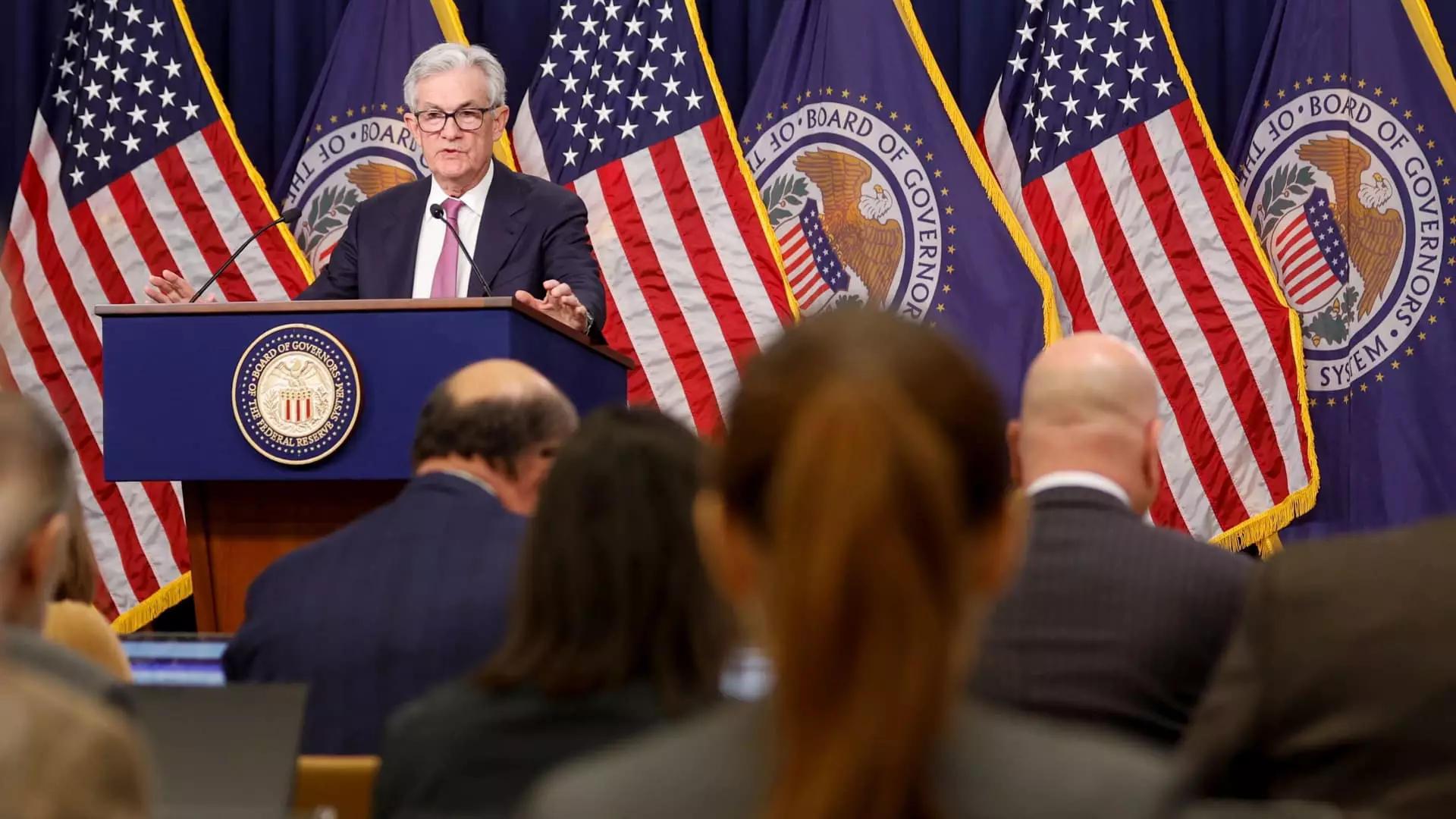In 2024, the Federal Reserve made headlines by executing three significant reductions to its interest rate target. These adjustments were largely perceived as a move to stimulate economic activity, igniting conversations among many hopeful American homeowners about potential declines in mortgage rates. However, experts caution that these expectations may be overly optimistic. Jordan Jackson, a global market strategist at J.P. Morgan Asset Management, articulates a prevailing sentiment among economists: “The best case scenario is we’re going to continue to see mortgage rates hover around six and a half to 7%.” This leads to the reality that homeowners seeking relief from current mortgage rates may find themselves disappointed in the near future.
The Complex Web of Influences on Mortgage Rates
While Federal Reserve policies undeniably influence mortgage rates, the relationship is not a straightforward one. The crux of the matter lies in long-term borrowing rates associated with government debt, particularly the yield on the 10-year Treasury note. Recently, this yield has seen an uptick, driven by investor anticipation of more expansionary fiscal policies that are expected to emerge from Washington in 2025. This rise in Treasury yields imparts upward pressure on mortgage rates, as the housing market continues to grapple with intertwined financial factors.
Furthermore, market dynamics related to mortgage-backed securities play a critical role in shaping mortgage rates. Fannie Mae economists assert that the Fed’s management of its mortgage-backed securities portfolio is a significant determinant of current rates. Throughout the pandemic, the Fed engaged in extensive asset purchases, including mortgage-backed securities, an initiative designed to stabilize financial markets. This strategy, known as quantitative easing (QE), was successful in compressing mortgage rates to historically low levels in 2021 but has since lost its efficacy as the economic landscape evolves.
The transition from quantitative easing to quantitative tightening marks a pivotal change in the Federal Reserve’s approach. In 2022, the Fed initiated plans to reduce its balance sheet, allowing certain assets to mature and ultimately “roll off.” This deliberate tightening has redefined the borrowing landscape, potentially widening the spread between mortgage rates and Treasury yields, and contributing to the continued rise in mortgage rates. Commenting on this shift, George Calhoun, director of the Hanlon Financial Systems Center at Stevens Institute of Technology, notes, “That’s one of the reasons the mortgage rates are still going in the wrong direction from the Federal Reserve’s standpoint.”
For many prospective homebuyers and those seeking to refinance, the outlook remains uncertain. The interplay between Federal Reserve policies, market yields, and wider economic factors underscores a complex financial landscape. With mortgage rates expected to stabilize around the 6.5% to 7% range, individuals must be prepared to navigate a challenging environment if they wish to achieve favorable borrowing terms. As the Federal Reserve’s policies continue to evolve, the consequences for mortgage rates will be closely monitored, with hope for a more favorable climate just beyond the horizon. For now, patience may be the key for homeowners holding out for a more palatable mortgage rate.

